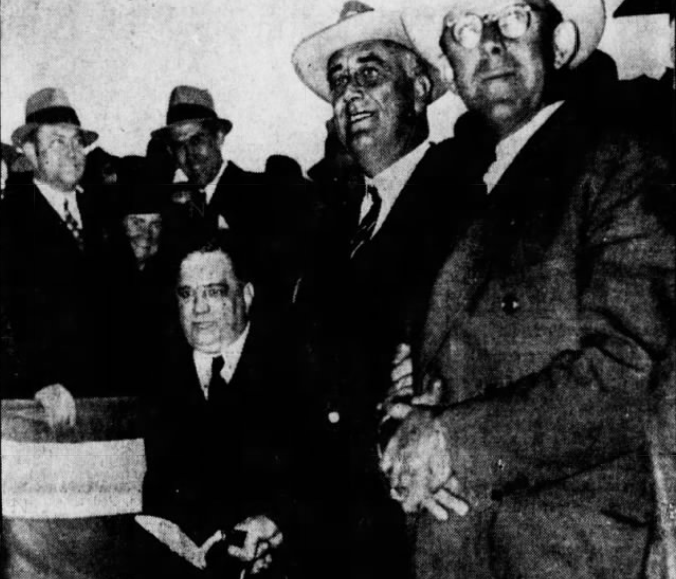The Eagle’s archives are full of presidential visits. Here are some of our favorites.

Franklin D. Roosevelt visits Brooklyn College - but a saboteur prevents him from speaking.
Brooklyn may be the king’s county, but it has been the stomping grounds of many a president, too.
From Chester A. Arthur to both Roosevelts, to Hoover and Truman and Eisenhower and Obama, the city-cum-borough played host to numerous commanders-in-chief before, during and after their tenure.
The Brooklyn Eagle and its sister publication the Brooklyn Spectator have dutifully chronicled the borough’s role in presidential history. For Presidents’ Day, we’ve scoured our archives to surface these visits – some of which were historic, and others amusing, mysterious or surprisingly prescient.